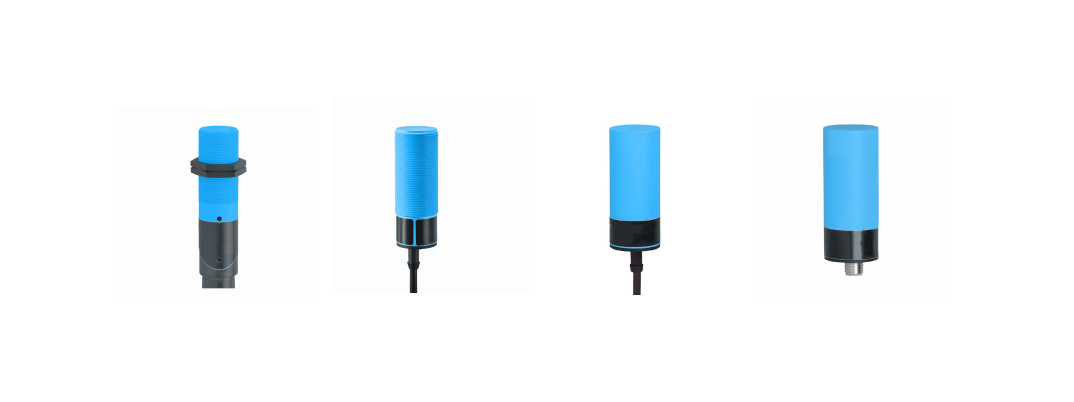Introduction:
Optoelectronic sensors (photoelectric switches) are digital or analog devices whose operation is based on the presence/absence of an object which Is detected by light. They work by emit a ray of light and then receive it again when its reflection or blockage happens. This toothless sensor is used in several industries where greater accuracy and reliability are required without any contact. In this paper, the applications applied in a photoelectric switch arranged from daily devices such as home appliance to engineering automation.
The next thing is the types of photoelectric switches:
Since photoelectric switches are used for different types of applications, there are several types of these items available. According to sensor principles, retro-reflective sensors are those that use a reflector as a surface to return the light back to the sensor. While diffuse reflective type sensors measure the scattered beam from an object surface. Transmissive sensors operate in pairs: one emits light and the other detects it to cross a gap. Fibers send light, so fiber optic sensors are used under conditions unsuitable for electronics.
Use Cases in Industrial Automation:
Photoelectric switch is an important aspect of industrial automation. They are implemented in conveyor belt systems which allow them to identify objects in order to sort and package or send the right objects onto a specific location. These sensors are also used commercially for tool change detection and machine guarding to avoid accidents. The same applies to locating objects for positioning components on assembly lines and carrying out quality control checks.
Home Appliances:
Home appliances: Photoelectric switches are also present in home appliances, which is helpful for our work because it makes it easier & flexible and saves a lot of time. These sensors are placed in automatic door openers that sense a person or an object and that the door opens automatically without a direct physical contact. Ambient Light Control System — Ambient light systems adjust the brightness based on the surrounding light thereby conserving energy. Security system: Security systems use motion detection to alert homeowners about intruders or unusual movement.
Automotive Industry:
Photo electric switches are starting to get adopted in car market too. It is suited for Adaptive Cruise Control systems that keep our vehicles at a safe distance from the one in front of us. Their headlight control systems have features like high beam Assist that recognize oncoming vehicles and lower the high beams automatically. So, obviously the parking is to park your vehicle also it detects things and guides the car towards an open space in order to park.
Medical Devices:
Industries that can use application directly include photoelectric switch used in diagnostic instrument and patient monitoring system for medical applications. They are used where the measurement is at a high precision level and needs to be done in non-invasive mode like blood meters, heart rate monitors. These sensors applications also include in automated drug dispensing machines.
Consumer Electronics:
In addition to enhancing the human-machine interaction for smart phone and tablet users by supporting gesture recognition, these optical or photoelectric switches also adjusts ambient light. Then there is motion control and eye tracking (for the console) had also been applied in gaming consoles to follow how players move for a more engaging mind experience as well. These sensors enable the devices to respond humanly as per user interaction.
Environmental Monitoring:
Similarly, they are used in environmental process monitoring systems. Solar Sensors — Used to measure the intensity of sunlight and tracking solar energy systems. Photocell switches utilized in waste management systems control the waste open up approach; for example, in garbage compactors and recycling kinder.
Robotics and Automation:
Robotics: The Basic Photoelectric Switches Describe Their Uses. Edited photoelectric switches have many applications in robotics, mainly for object identification and grasping, collision avoidance & navigation. It is used in robotic arms for pick and place, and the same sensors are used by AGVs for obstacles avoidance along with navigation.
Challenges in the coming months and work for the future:
Photoelectric switches are widely applied, however, there are certain issues with miniaturization and sensitivity and device applicability. While it is likely that these problems will continue to restrict some of the future potential design functions available for super senses technology, such impact development in this field can be expected.
Conclusion:
Photoelectric switches in itself a modern technology component are taken as part of various electronic devices which tend to enhance the work mode and work efficiency. From industrial automation to consumer electronics, their usages are diverse. In future of our lives, above all in the technique and education field photoelectric switches will be used frequently avoiding every imperfection accessed by human error with new inventions accomplished by agencies as technology moving more further against time.
Table of Contents
- Introduction:
- The next thing is the types of photoelectric switches:
- Use Cases in Industrial Automation:
- Home Appliances:
- Automotive Industry:
- Medical Devices:
- Consumer Electronics:
- Environmental Monitoring:
- Robotics and Automation:
- Challenges in the coming months and work for the future:
- Conclusion:

